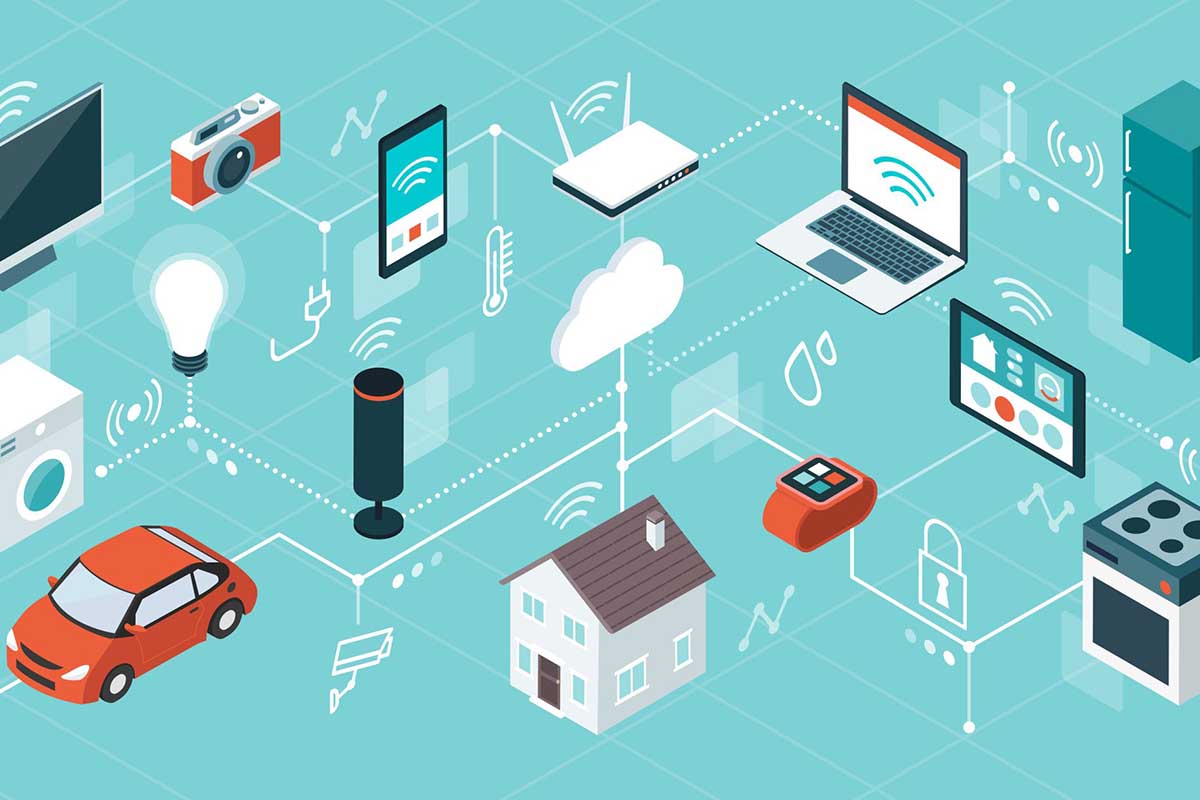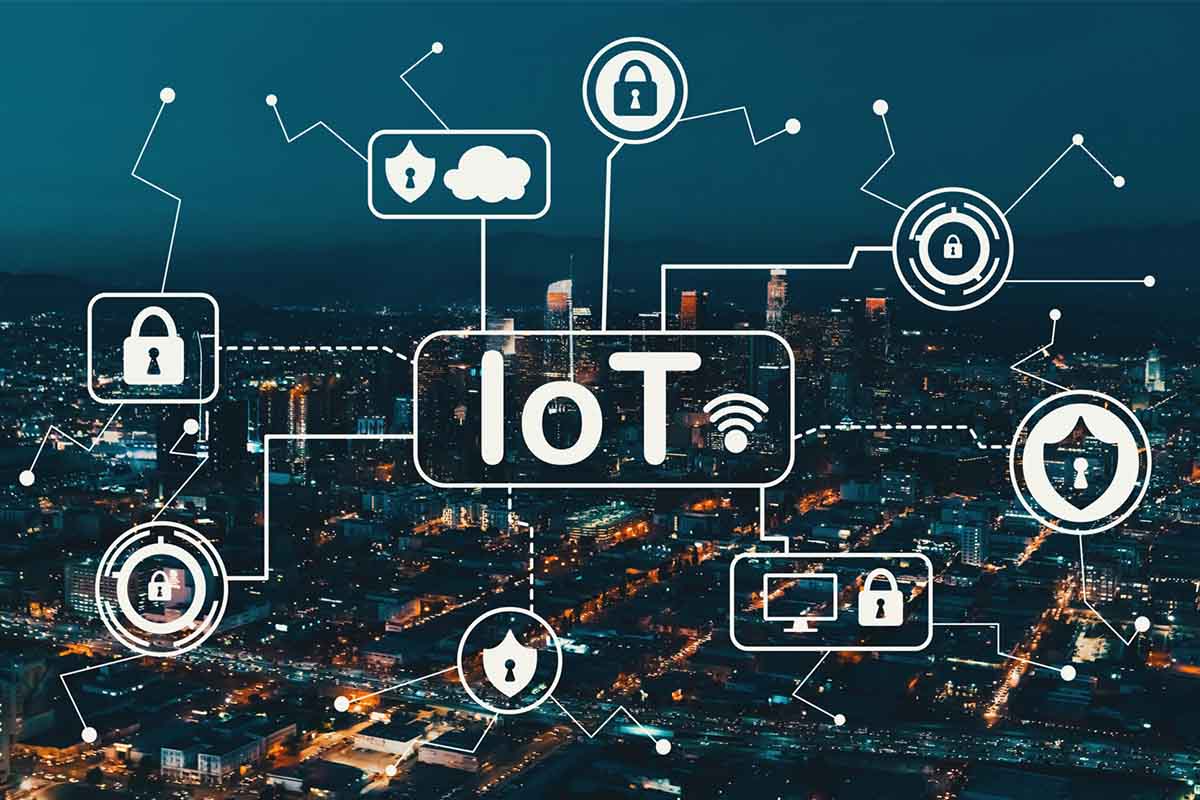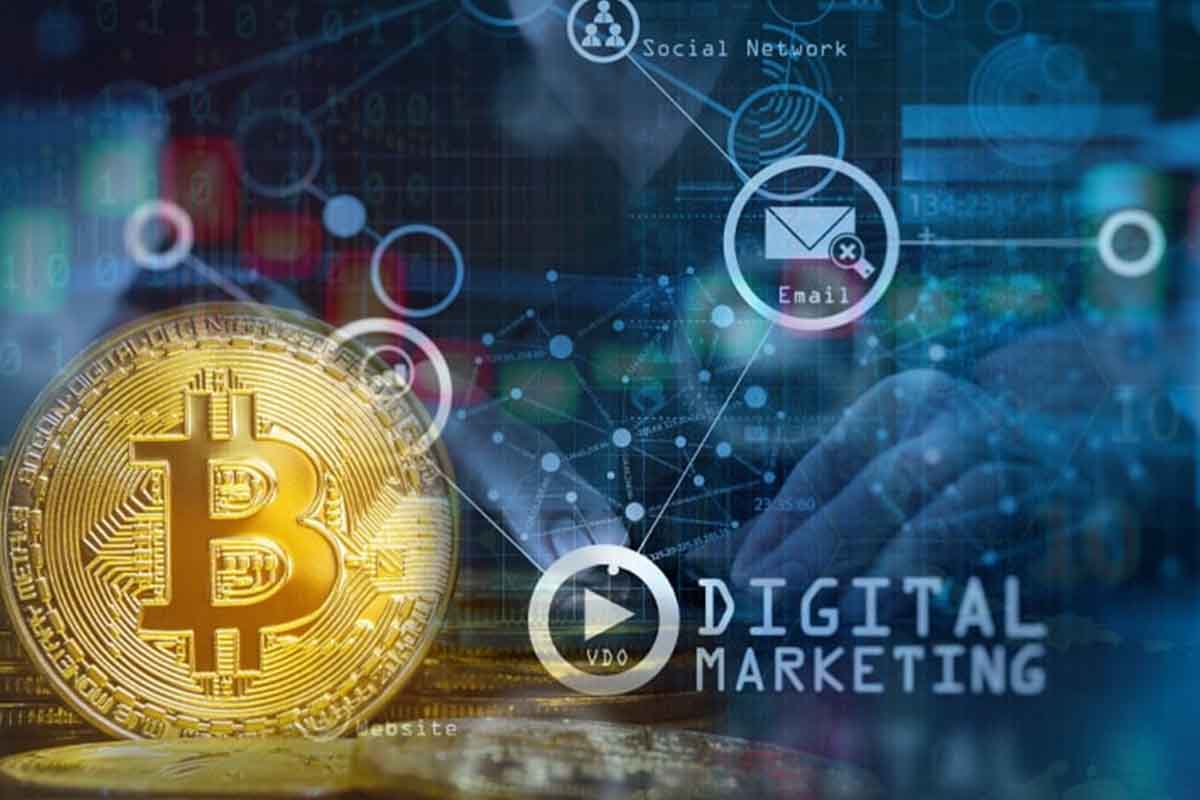The rise of artificial intelligence (AI) has brought a surge in demand for high-performance computing, notably Graphics Processing Units (GPUs). Initially designed for rendering graphics in video games, GPUs have become pivotal in driving AI and machine learning due to their ability to process multiple parallel tasks efficiently. However, the mismatch between the soaring demand and the limited supply of GPUs poses significant challenges, affecting AI innovation and progress. This document explores these impacts and identifies the main sources of GPU computing power.
GPU Supply-Demand Mismatch
Acceleration of AI and Machine Learning
Importance of GPUs: GPUs are crucial for training complex AI models, especially deep learning algorithms, which require extensive data processing. GPUs can handle parallel computations needed for these tasks more efficiently than traditional CPUs.
The Supply-Demand Mismatch
Rising Demand: The demand for GPUs has escalated with the AI boom, fueled further by gaming, cryptocurrency mining, and increased computational needs in various sectors.
Limited Supply: Factors like manufacturing limitations, raw material scarcity, and geopolitical issues have constrained the supply of GPUs.
Impacts on AI Innovation
Stifled Research and Development: Limited access to GPUs can slow down AI research and innovation, especially for smaller enterprises and academic institutions with limited budgets.
Cost Inflation: The scarcity of GPUs leads to increased prices, making it challenging for researchers and developers to access the necessary hardware for AI experimentation and development.
Barrier to Entry: Startups and smaller companies may find it difficult to compete with larger corporations that have better access to GPU resources, potentially leading to a concentration of innovation in well-funded organizations.
Delay in Advancements: The slow pace of AI model training due to GPU shortages can delay advancements in critical areas like healthcare, autonomous vehicles, and climate modeling.
Adaptations and Solutions
Cloud-Based GPU Services: Many organizations are turning to cloud-based GPU services offered by companies like NVIDIA, Amazon, and Google to bypass the need for in-house GPU setups.
Emergence of Alternative Technologies: The supply challenges are accelerating the development of alternative technologies like Field-Programmable Gate Arrays (FPGAs) and Application-Specific Integrated Circuits (ASICs).
Main Sources of GPU Computing Power
1. GPU Manufacturers
NVIDIA: A dominant player in the GPU market, known for its high-performance GPUs and deep learning frameworks.
AMD: Another major manufacturer offering GPUs that are competitive in both performance and cost.
2. Cloud-Based GPU Services
Amazon Web Services (AWS): Provides cloud-based GPU services for machine learning and computational workloads.
Google Cloud Platform (GCP): Offers powerful GPU resources for AI and data analysis in the cloud.
Microsoft Azure: Features GPU cloud services tailored for AI, machine learning, and big data.
3. Specialized AI Hardware
NVIDIA’s DGX Systems: Designed specifically for AI research, these systems provide integrated hardware and software for AI development.
Google’s TPU: Tensor Processing Units (TPUs) are custom-developed by Google for neural network machine learning.
4. Consumer GPUs
Gaming GPUs: While primarily designed for gaming, these GPUs are also used by researchers and developers for AI model training and development due to their high performance and relative affordability.
5. Research Institutions and Universities
High-Performance Computing Clusters: Many research institutions and universities have developed their own GPU-powered clusters for AI and computational research.
The mismatch between demand and supply of GPUs significantly impacts AI innovation, creating challenges that range from inflated costs to stifled research and development. However, this scenario also spurs adaptation and innovation, driving the exploration of alternative technologies and the growth of cloud-based GPU services. The main sources of GPU computing power, including GPU manufacturers, cloud services, specialized AI hardware, and consumer GPUs, continue to play a crucial role in supporting AI development. As the industry adapts to these challenges, the future landscape of AI innovation will likely feature a more diversified array of computing solutions, enabling continued growth and development in this dynamic field.
Decentralized Physical Infrastructure Network (DePIN): A Paradigm Shift in Infrastructure Management
The concept of a Decentralized Physical Infrastructure Network (DePIN) represents a radical shift in the way we think about and manage physical infrastructure systems. Traditional infrastructure systems, such as energy grids, transportation networks, and communication systems, have largely been centralized, controlled by a few entities, often governmental or major corporations. DePIN, however, proposes a model where these systems are decentralized, distributed among numerous smaller entities or individuals, and often leveraging advanced technologies like blockchain and IoT (Internet of Things). This document explores the DePIN model and its potential advantages.
Decentralized Physical Infrastructure Network (DePIN)
1. Definition and Concept
Decentralization in Infrastructure: DePIN involves distributing the control and management of physical infrastructure systems across multiple nodes or entities, rather than centralizing it in one or a few locations or organizations.
Technology Integration: DePIN integrates cutting-edge technologies like blockchain, IoT, and AI to enable efficient management, real-time data analysis, and secure transactions within the network.
2. Key Components
Blockchain Technology: Ensures transparency, security, and efficiency in transactions and operations within the network.
IoT Devices: Collect and transmit data from various points in the infrastructure, facilitating monitoring and management.
AI and Machine Learning: Analyze the massive amounts of data generated, predict trends, and automate decision-making processes.
3. Examples of DePIN
Decentralized Energy Grids: Where energy production and distribution are spread across many small-scale producers (like homes with solar panels) rather than a few large power plants.
Smart Transportation Networks: Vehicles and infrastructure components (like traffic lights) communicate and operate in a decentralized yet harmonized way.
Advantages of the DePIN Model
1. Enhanced Resilience and Reliability
Reduced Single Points of Failure: Decentralization means that the failure of one component does not cripple the entire system.
Robust Response to Demand Fluctuations: A decentralized network can more flexibly respond to local changes in demand or supply.
2. Increased Efficiency and Optimization
Real-Time Data Analysis: IoT and AI enable the optimization of resources and operations based on real-time data.
Energy Efficiency: In decentralized energy grids, for example, energy can be generated closer to where it is used, reducing transmission losses.
3. Improved Security and Transparency
Blockchain-Enabled Security: Enhanced security against cyber-attacks and fraud through the use of blockchain technology.
Transparent Operations: Blockchain also ensures transparency in transactions and operations within the network.
4. Empowerment and Economic Benefits
Consumer as Producer: In systems like decentralized energy grids, consumers can also become producers (prosumers), selling excess energy back to the grid.
Economic Incentives: DePIN can create new economic models and revenue streams, such as peer-to-peer energy trading.
5. Environmental Sustainability
Support for Renewable Energy: Decentralized networks are well-suited to integrate renewable energy sources.
Reduced Environmental Impact: Localized production and optimized distribution can lead to reduced environmental footprints.
6. Innovation and Flexibility
Fostering Innovation: The decentralized nature of DePIN encourages technological and operational innovation.
Adaptive to Future Changes: DePIN can more readily incorporate new technologies and adapt to changing conditions.
Challenges and Considerations
While DePIN offers numerous advantages, there are challenges in implementation, including technological complexities, regulatory hurdles, and the need for significant investment in new infrastructures and technologies. Moreover, ensuring interoperability and standardization across decentralized nodes remains a key challenge.
Conclusion
The Decentralized Physical Infrastructure Network (DePIN) model offers a transformative approach to managing and operating physical infrastructure systems. By leveraging technologies like blockchain, IoT, and AI, DePIN enhances resilience, efficiency, security, and sustainability of these systems. While the transition to a fully decentralized infrastructure network poses challenges, the potential benefits make it a compelling model for the future. As technological advancements continue and the need for sustainable and resilient infrastructure grows, DePIN could play a crucial role in shaping the next generation of infrastructure systems.




